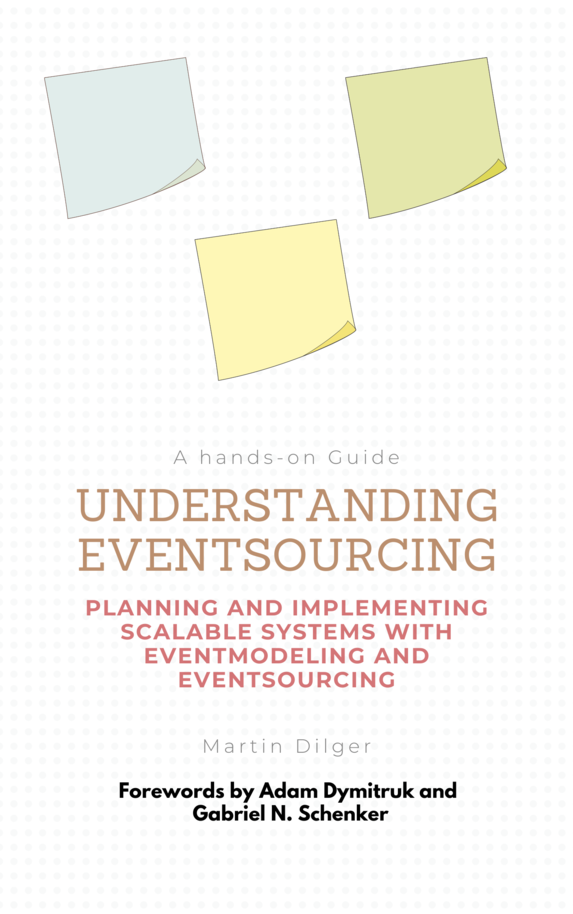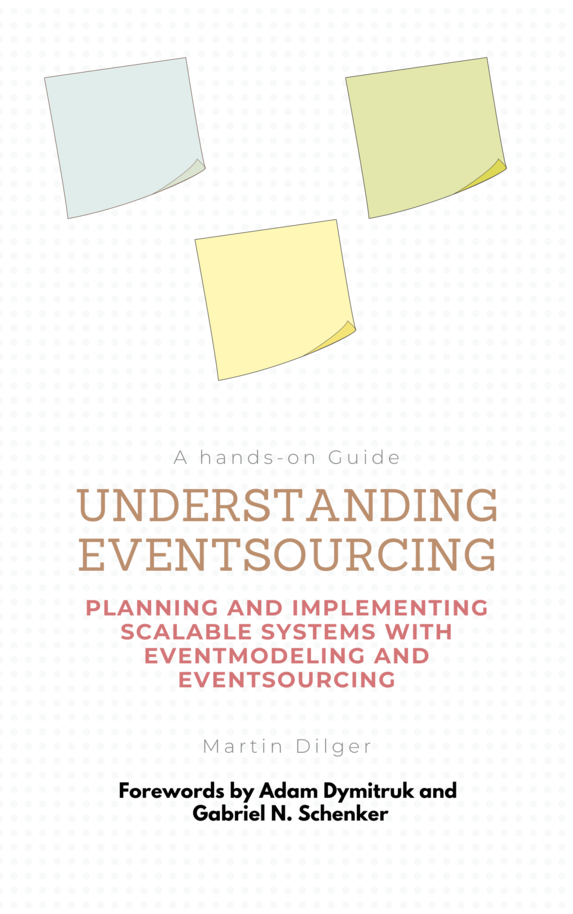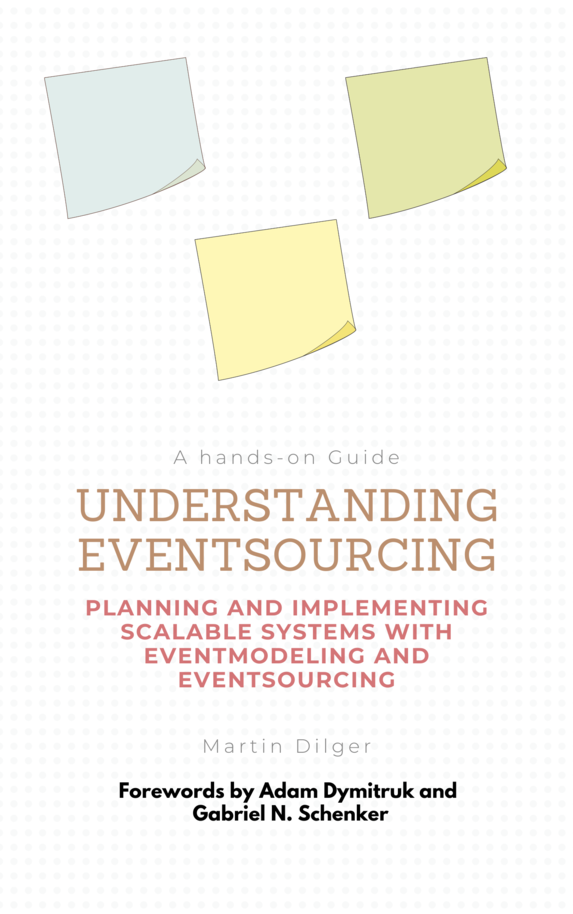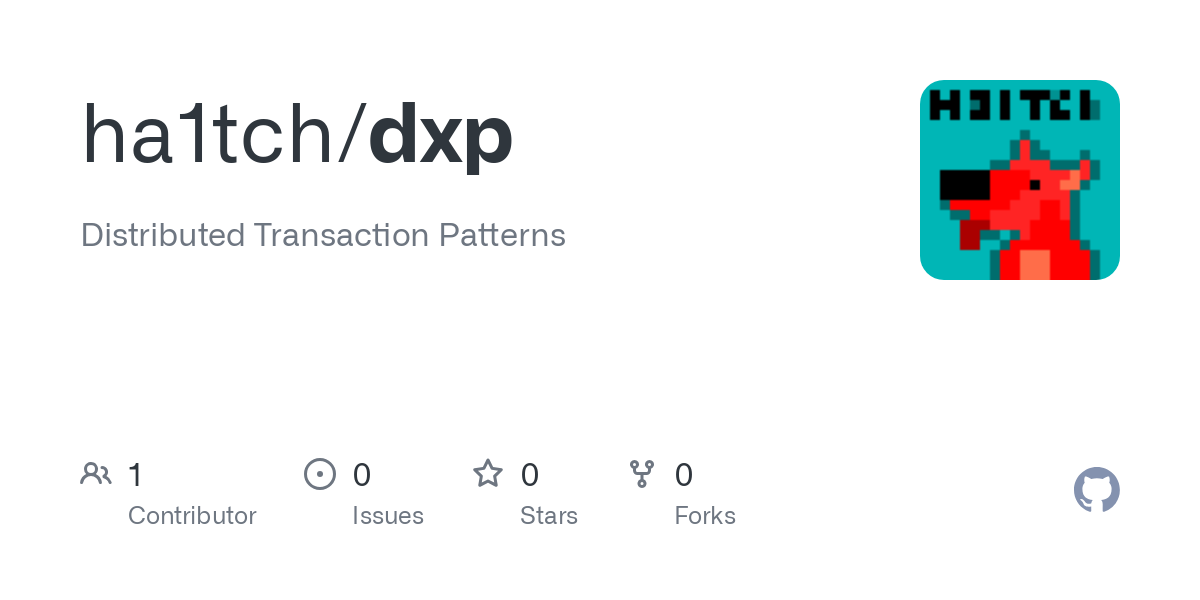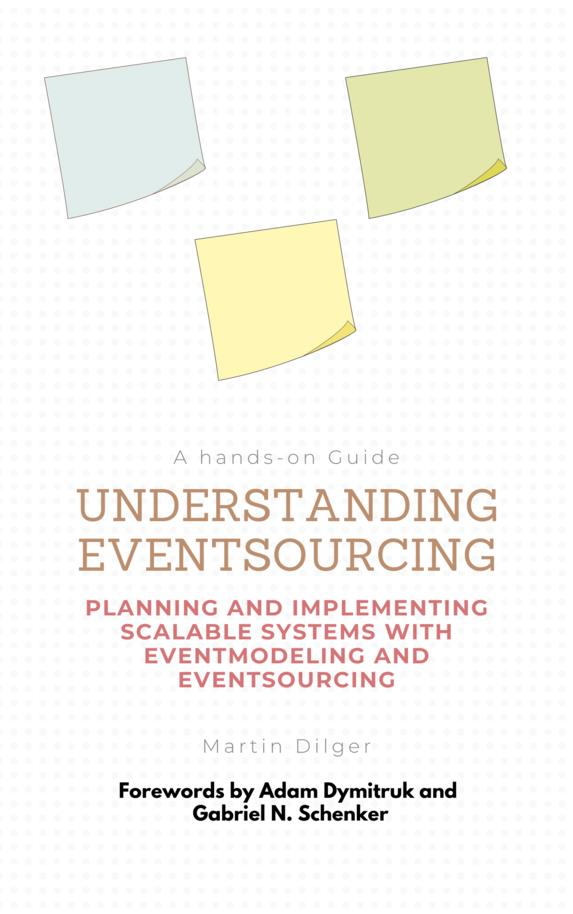An easy question about internet message headers (RFC 822 and subsequent revisions).
Take a message thread where each reply has a single parent message.
Such a thread is often shown as a tree, linking replies by their `References' header fields.
Why does _each_ such field contain _all_ parent message ids up to the "root" message of the thread?
Wouldn't the id just of the parent message be enough, as in the `In-Reply-To' header field?

